- Uber's Q1 earnings were better than expected.
- InvestingPro data indicates that the company's growth potential is solid.
- Fair Value data also shows that the stock is currently available at a discount.
Uber Technologies (NYSE:UBER) announced its first quarter earnings this week, revealing a solid start to the year with better-than-expected figures.
Uber's revenue for the first quarter rose to $8.82 billion, up 29% year-on-year. Accordingly, its loss per share was $0.08. This was a significant improvement compared to a loss of $3.04 per share in the same period last year. Adjusted EBITDA was $761 million, up $593 million from the prior year.
Uber stock rose 15.58% to $37.84 from $32.74 following the earnings. The uptrend led the stock to its highest level since September last year.
As InvestingPro data shows, the stock responded to this announcement with the second-biggest jump ever.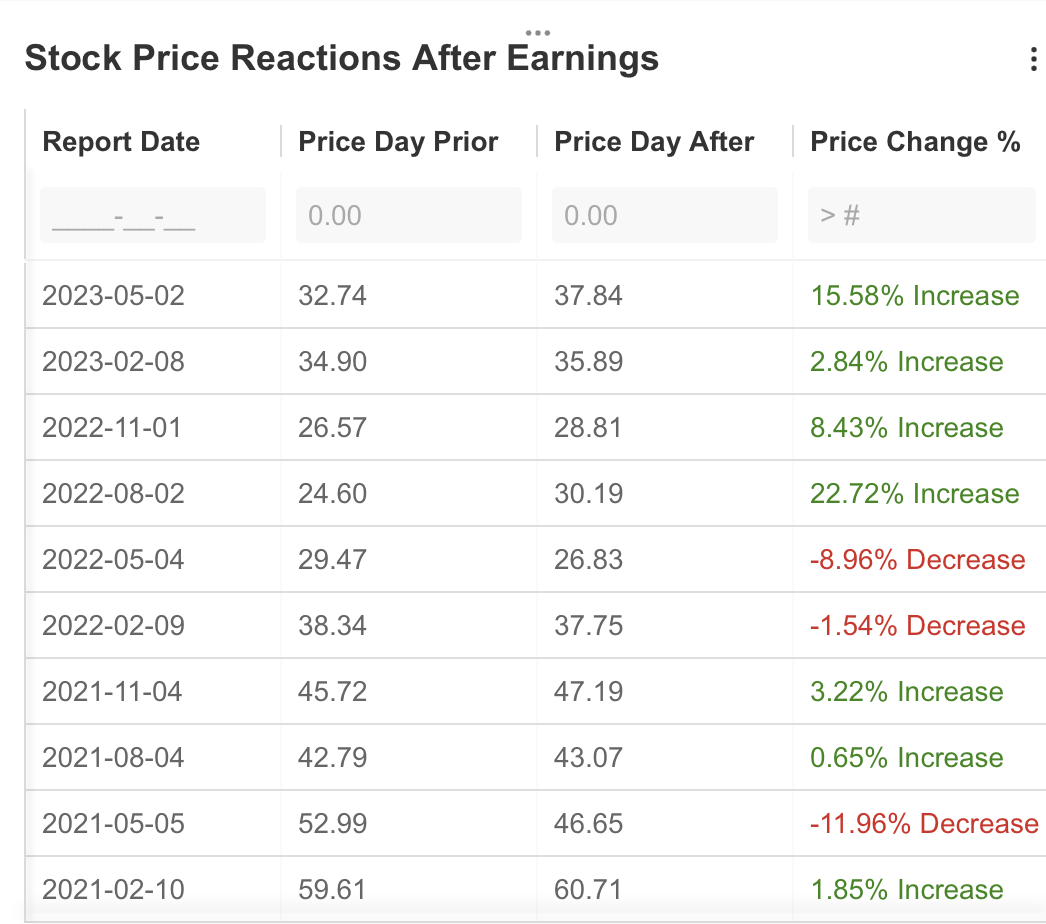
Source: InvestingPro
The number of trips made using Uber reached $2.12 billion. Gross booking revenue increased by 19% to $31.4 billion in the first quarter.
Looking at the breakdown of gross bookings, customers increased their use of ridesharing (mobility) by 40% compared to last year. Accordingly, mobility contributed $14.98 billion in the first quarter.
Deliveries, which have become an important revenue stream for the company during the pandemic period, continued to contribute significantly to the company's revenues with a gross booking contribution of $15 billion, despite a partial increase of 8% in the first quarter compared to last year.
Accordingly, of the $8.82 billion in revenue generated in the first quarter, $4.3 billion came from Mobility, $3.09 billion from Distribution Services, and $1.4 billion from Transportation.
Let's take a closer look at Uber's financials using InvestingPro data and examine the outlook.
Source InvestingPro
First, let's take a look at the expectations for Uber's Q2 earnings report, which you can find on InvestingPro.
Uber's EPS is expected to be positive at $0.23, with two analysts revising their expectations upwards after the Q1 report. However, the revenue forecast for the second quarter is estimated at $9.35 billion.
It's worth noting that the financial report, which showed that revenues had grown in Q1, has raised expectations for the year ahead.
Source: InvestingPro
A similar situation can be seen in the fair value table for Uber stock. After the last quarter's data, according to 12 models and 40 analysts, Uber's fair value average is at $43.83.
This indicates that the stock trades at a discount of 16% compared to its current price.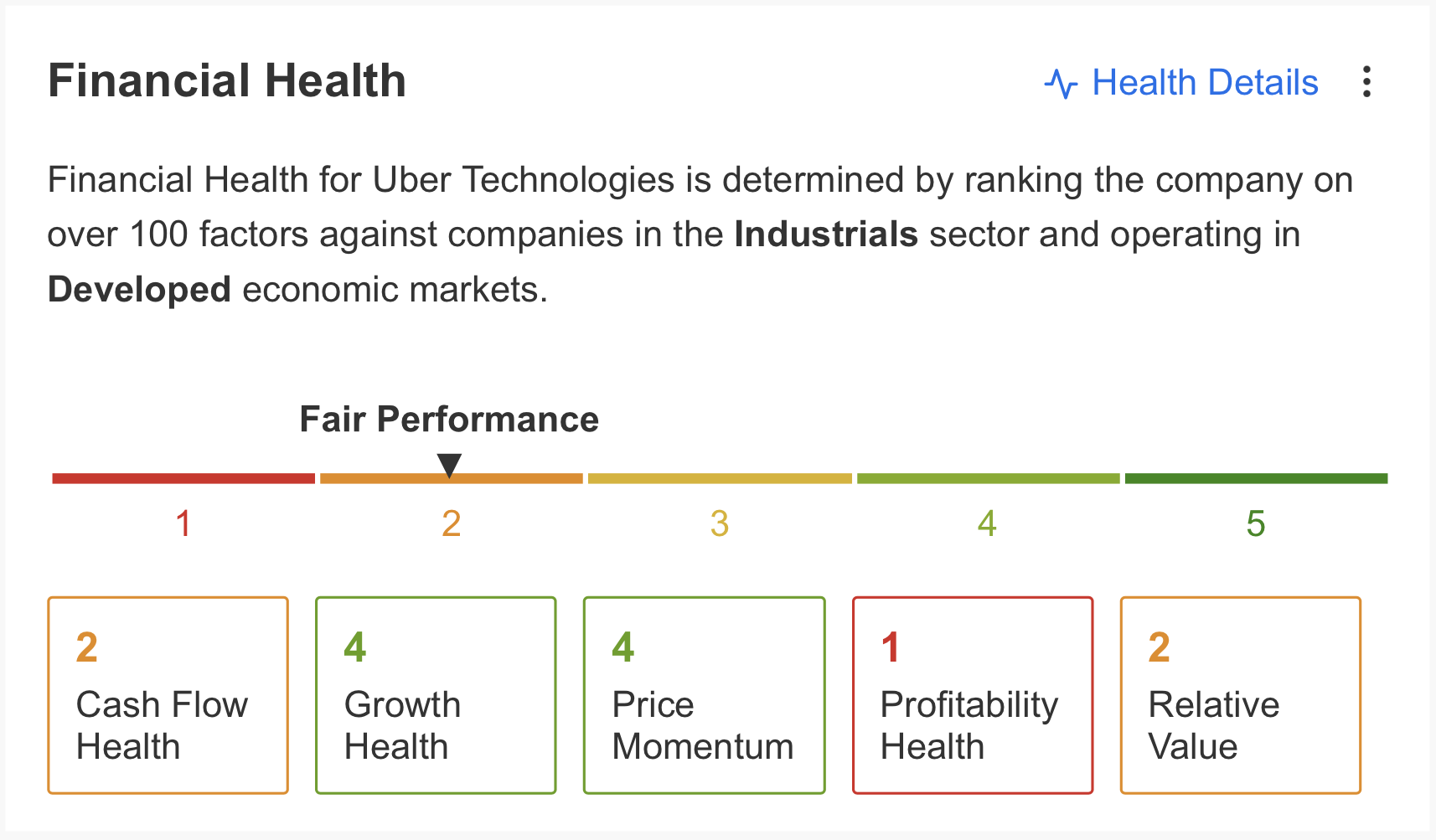
Source: InvestingPro
Based on key factors such as financial health, cash flow, growth, price momentum, profitability, and relative value, Uber currently has a below-average score of 2 out of 5, which is reasonable for its industry.
The score highlights that growth and price momentum remain positive while cash flow and profitability remain weak. The company's relative value remains low as well.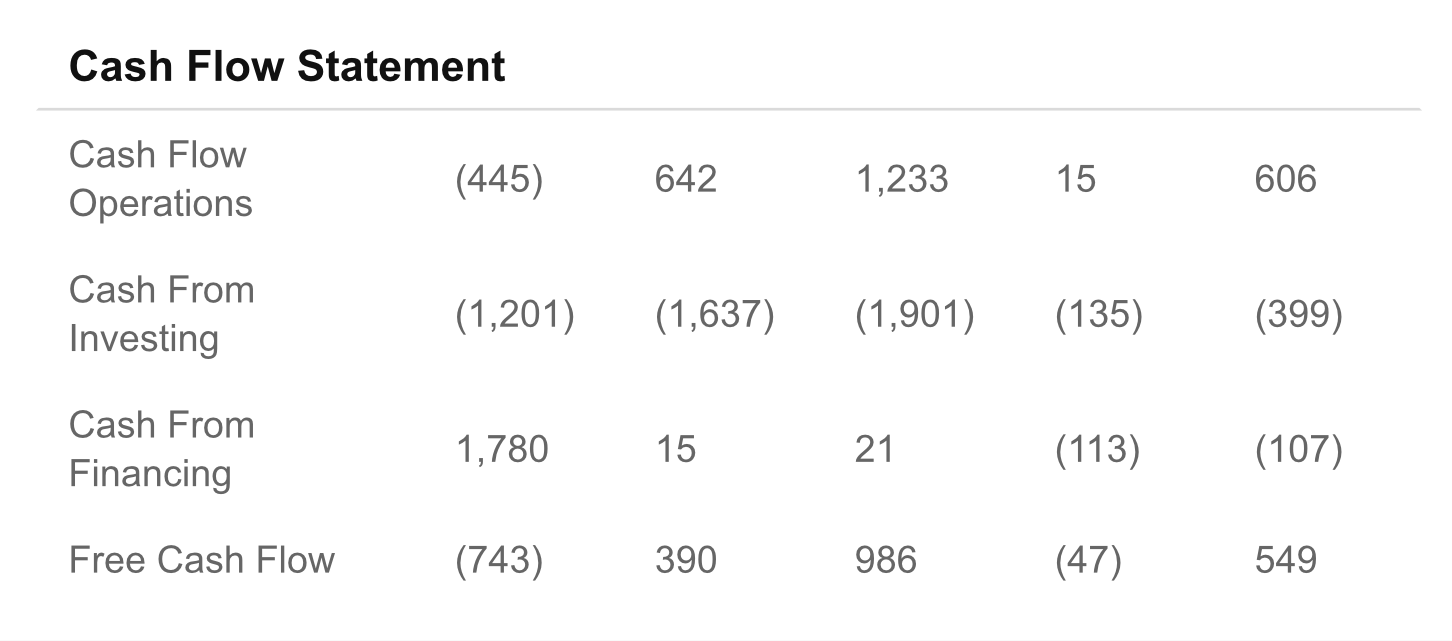
Source: InvestingPro
The company's cash flow continues to grow on an annual basis.
According to InvestingPro, Uber's cash flow was reported at $606 million after the first quarter results. This is a significant improvement on the $15 million cash flow reported in the same period last year.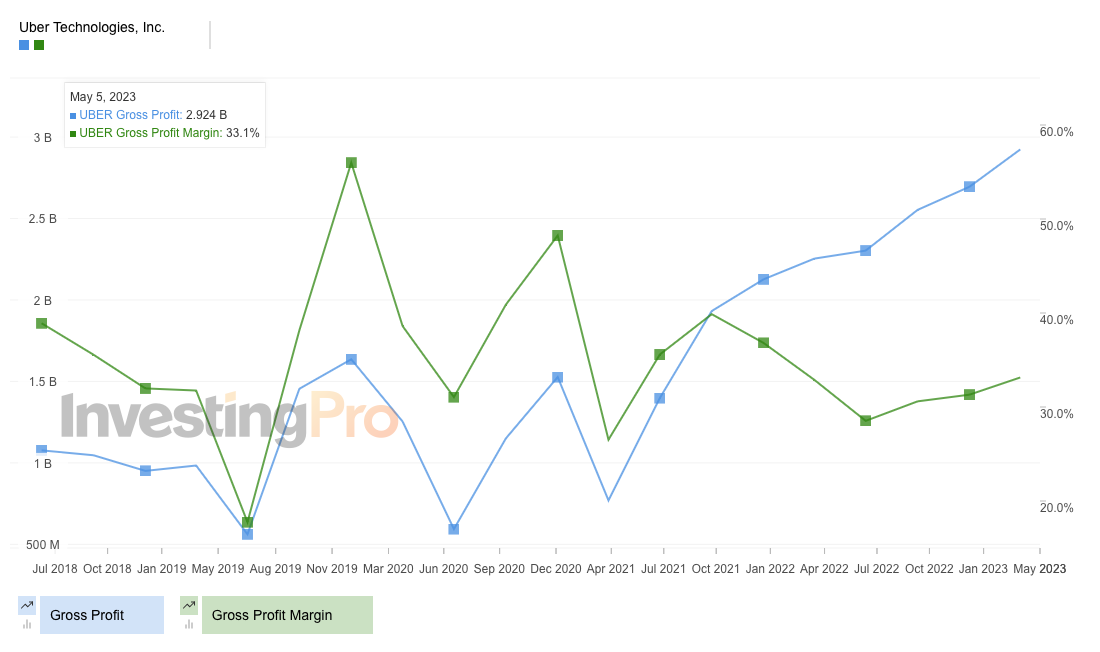
Source: InvestingPro
After the jump in 2019, the company's profit margins entered a downward trend during the pandemic.
Since the second half of last year, there has been a slightly positive horizontal outlook in the gross profit margin.
Since the second half of 2021, the company has recorded a rapid increase in gross profit, overcoming the negative impact of the pandemic.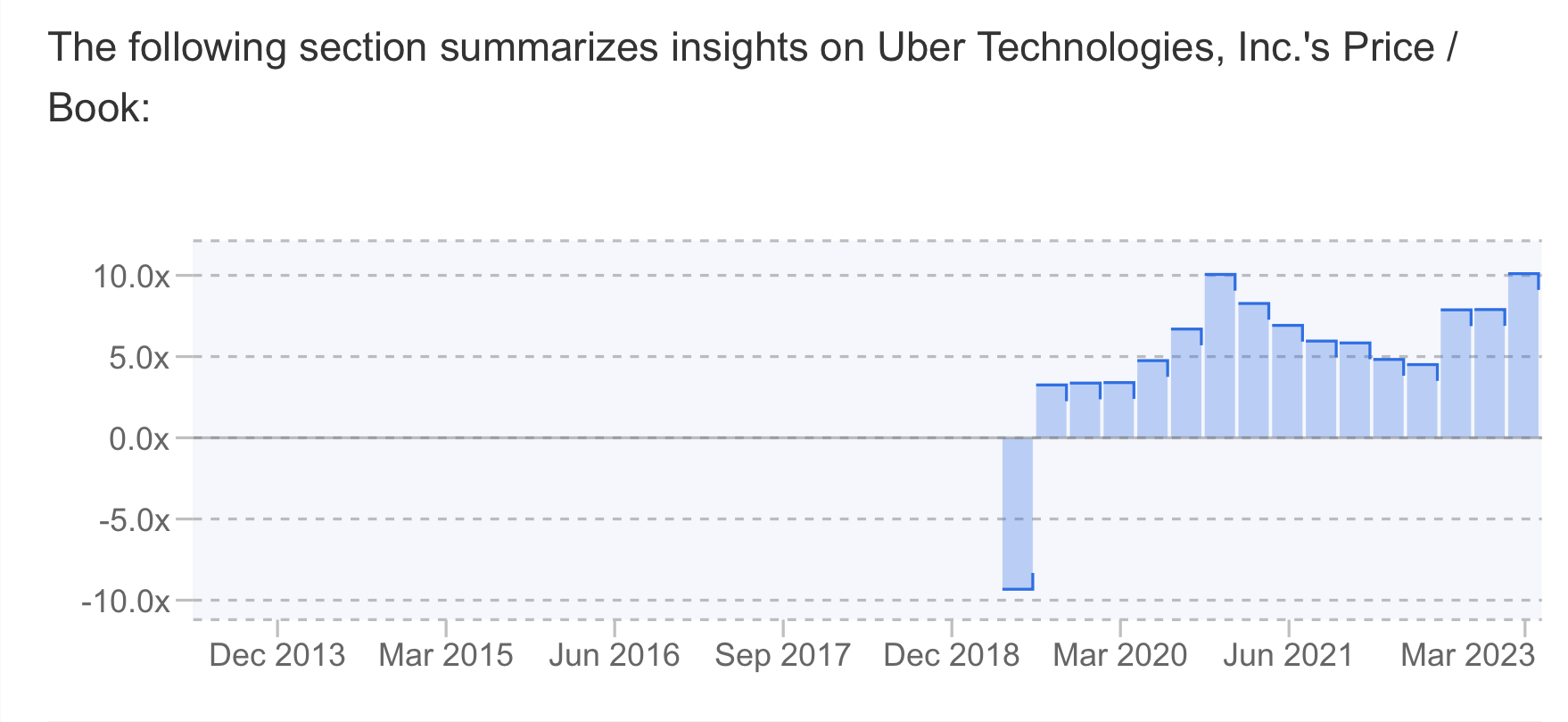
Source: InvestingPro
The company's F/D ratio of 10x reflects its growth trend compared to the same period last year.
While the average F/D ratio for the sector in which Uber operates is 2.4x, according to InvestingPro data, the company's stock continues to trade at an F/D ratio above the sector average.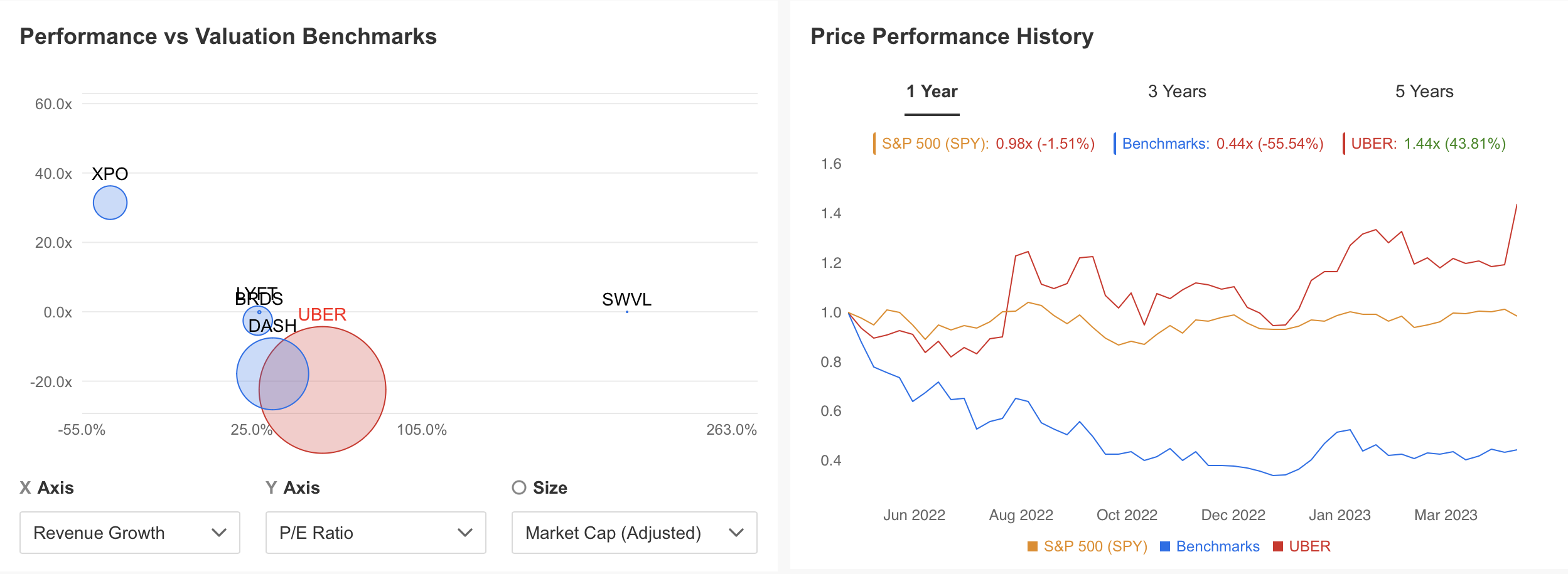
Source: InvestingPro
Finally, with a market capitalization of $75.8 billion, Uber is the largest company in its sector.
As seen in the chart below, its revenue growth is ahead of most companies in the sector. On the other hand, its P/E ratio is lower than other companies.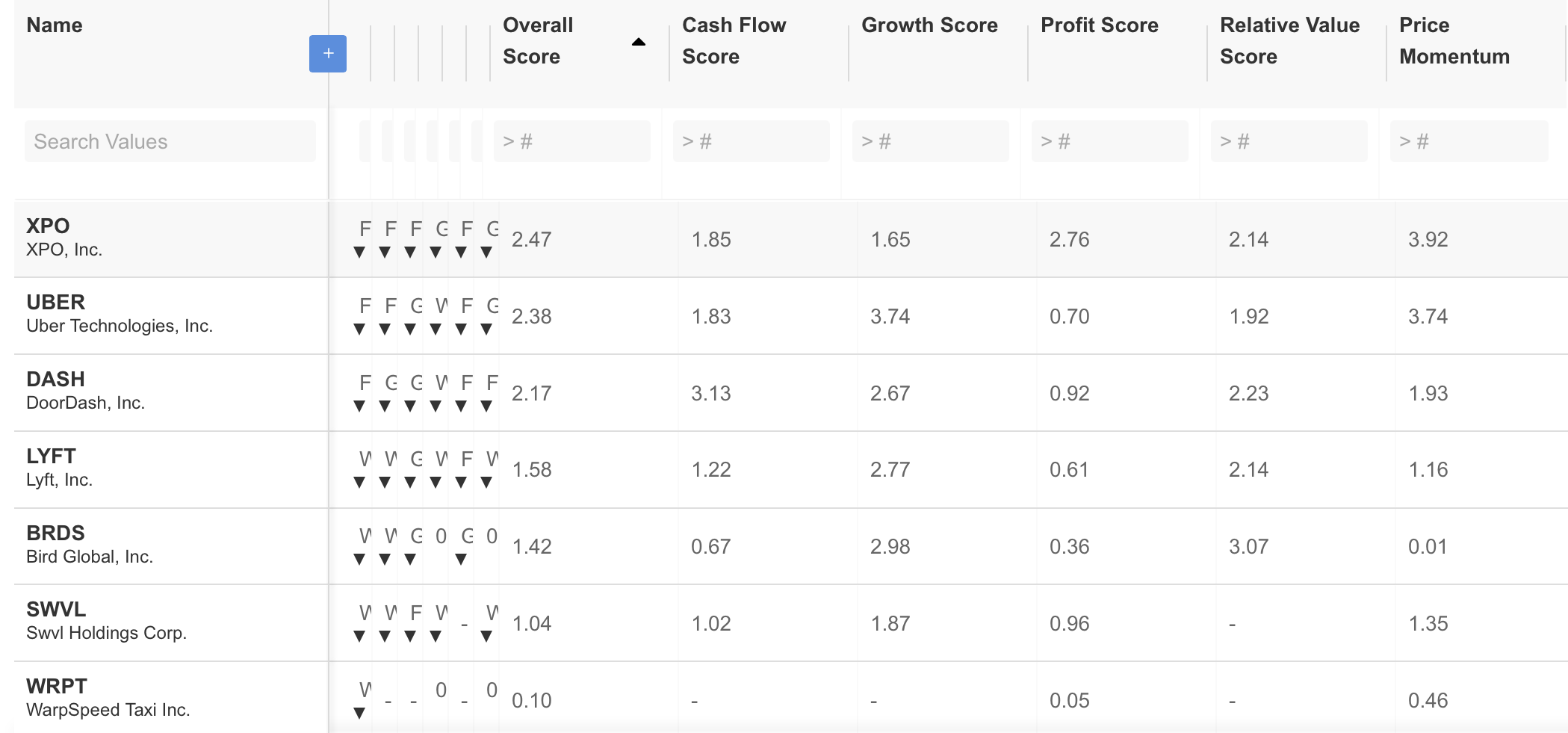
Source: InvestingPro
When we compare the financial health of the leaders in the transportation sector with InvestingPro tools, it can be said that Uber's overall financial health score is the best after XPO.
Conclusion
Given all this data, it is positive that Uber reported better-than-expected financials, despite challenges in the sector and the current high-interest rates scenario.
This means that the company has started consolidating its financial base by continuing its growth path.
InvestingPro forecasts that the company's growth potential will boost EPS and that the stock price is currently discounted.
Using InvestingPro tools, you can conduct in-depth analysis of the companies you are investing in or considering investing in and benefit from analyst opinions and up-to-date forecasts calculated using dozens of models.
***
Disclaimer: This article is written for informational purposes only; it is not intended to encourage the purchase of assets in any way, nor does it constitute a solicitation, offer, recommendation, advice, counseling, or recommendation to invest. We remind you that all assets are evaluated from different perspectives and are extremely risky, so the investment decision and the associated risk are the investor's own.

